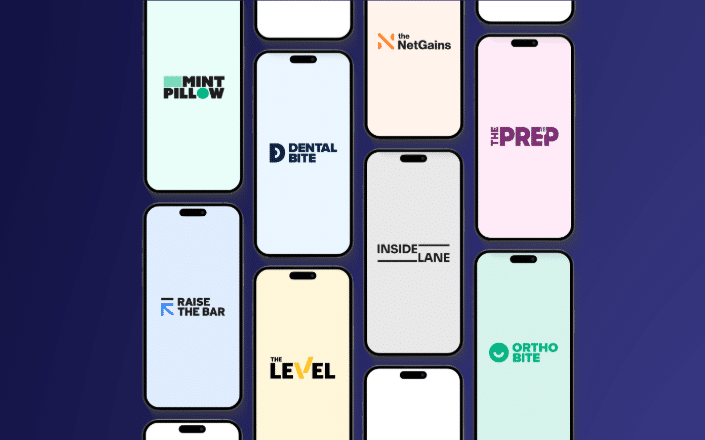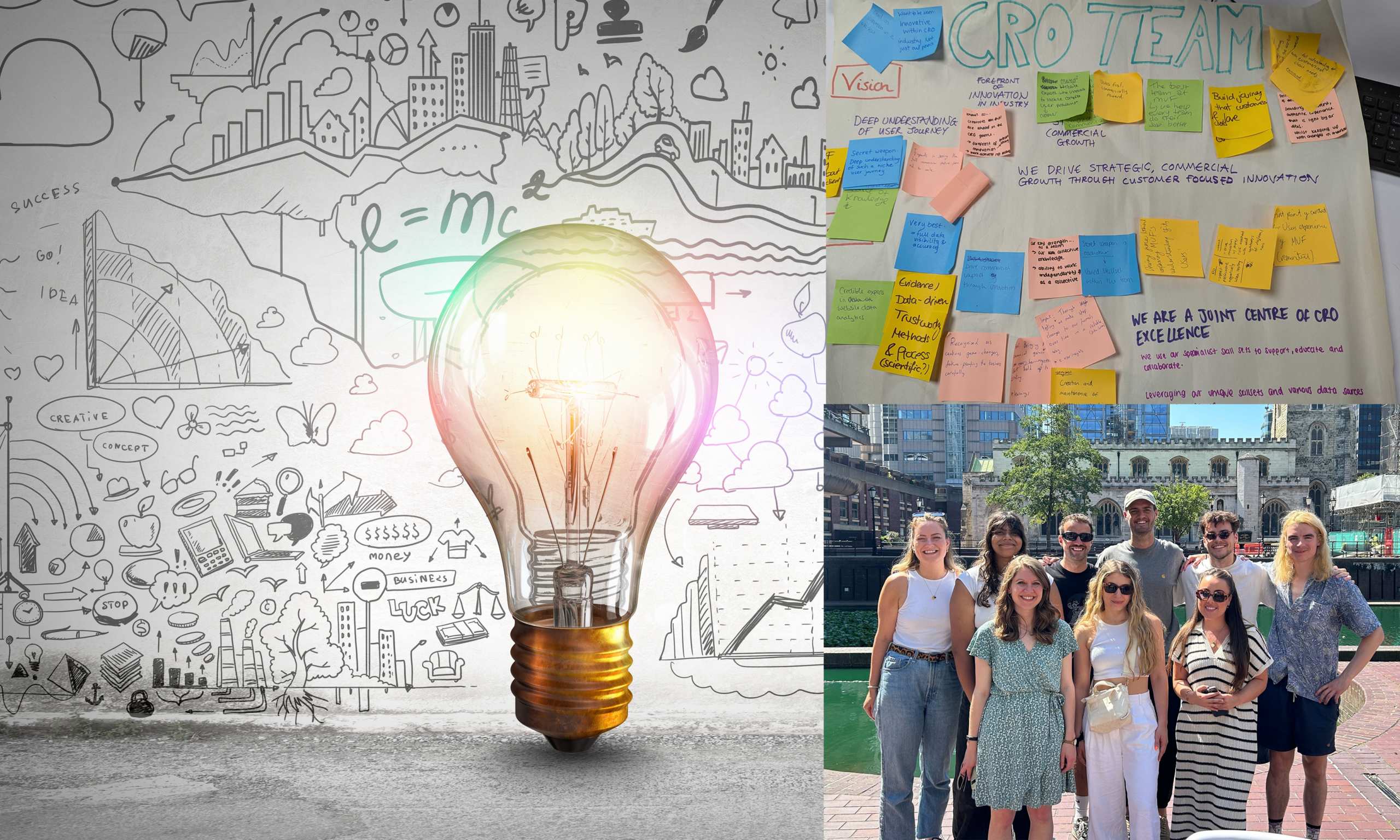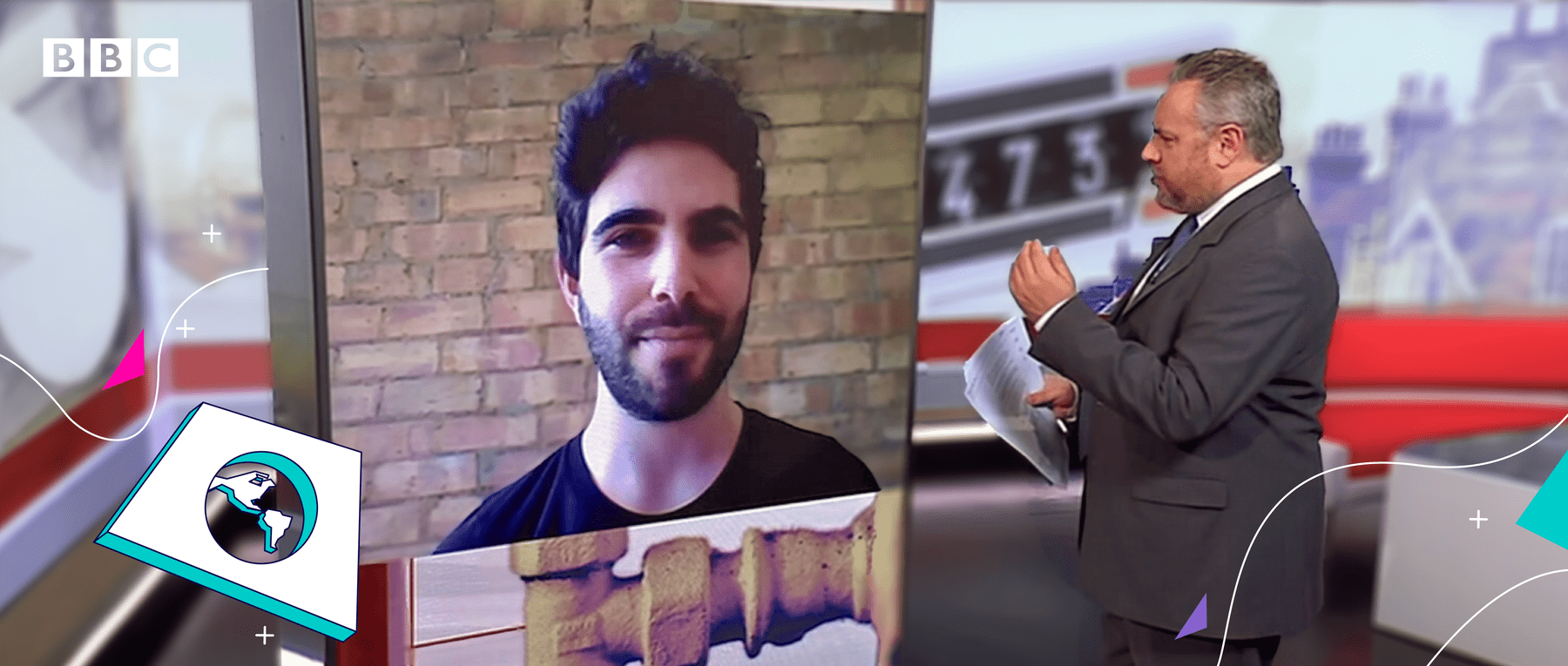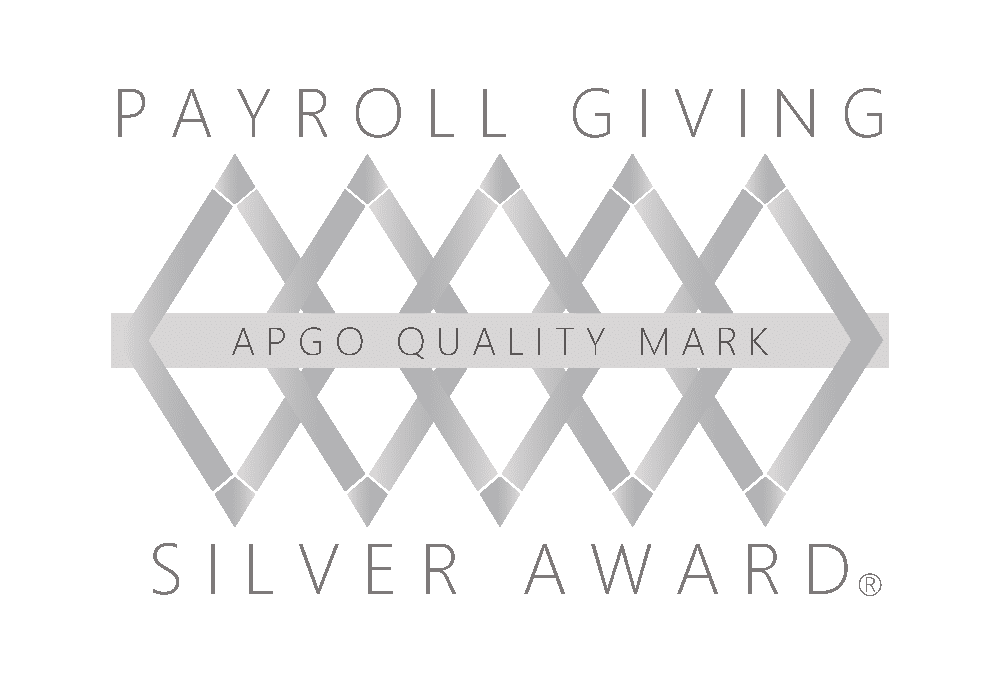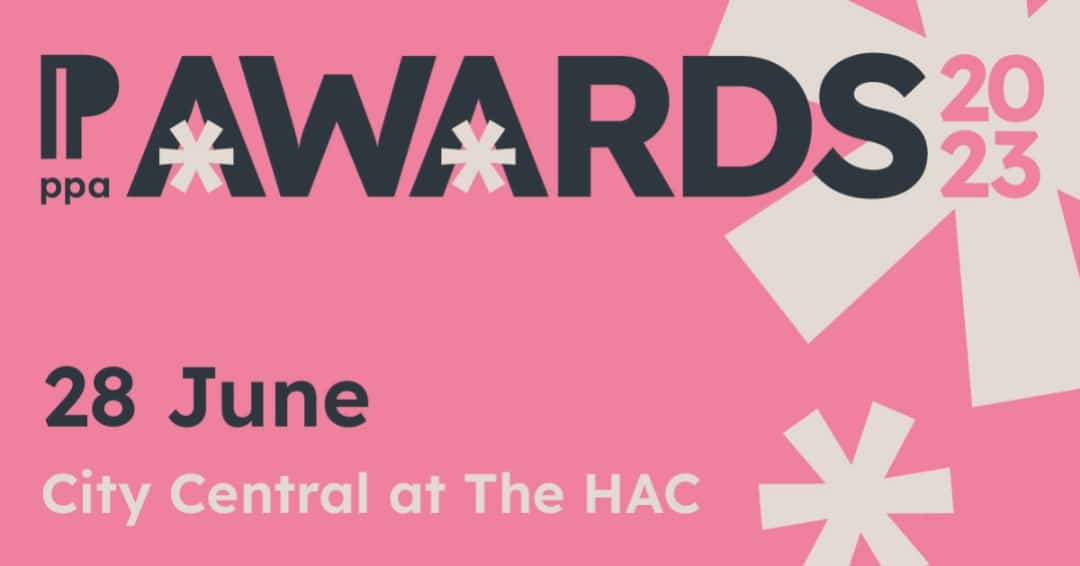By Steffi Evans, CRO Lead
How to Fuel Business Growth with CRO: Iteration vs Innovation
Experimentation is a cornerstone of modern digital strategy, driving business growth and return on investment. This is certainly true for MVF. Our CRO team is now 8 years old and we run around 1000 experiments a year which ranks us in the top 3% of businesses for testing velocity according to an Optimizely study in 2023.
Over the years, we’ve explored two different CRO approaches: iterative, high-velocity testing, and innovative, bold experiments developed cross-functionally. While these are often framed as “quantity versus quality,” the reality is more nuanced—each approach has its unique benefits and risks. Here’s how they’ve worked for us.
High-Velocity Iteration
Benefits
- The low effort and cost of setting up iterative experiments enables higher testing velocity which delivers valuable insights into customer behaviour and product performance. This makes it an attractive approach for businesses starting their CRO journey and businesses with mature products that still benefit from continuous small improvements.
- It fuels growth through scalability: If you find a scalable win based on a small change it’s often easier to roll it out which can yield a significant revenue impact.
Risks
- The main risk of incremental testing is the higher likelihood of flat results—especially for businesses with limited traffic—leading to fewer actionable insights into user preferences.
- Additionally, a series of small changes can sometimes result in a misaligned end product that fails to meet user expectations.
How has it worked for us?
Iterative testing has been very impactful on our ad landing pages, especially in the lower conversion funnel where small changes can have a big impact. We give our testing velocity an additional boost by building most of our iterative experiments without developer support. To ensure a high success rate we work closely with commercial stakeholders to align on business priorities, use analytics tools to identify user pain points and gather test ideas from across the business in regular ideation sessions.
Typical wins over the years include optimising CTA value propositions, and indicating form progress in our quote journeys, both resulting in 10-15% uplifts per win. After 8 years of optimising our journeys with iterative changes, discovering impactful wins has become increasingly challenging—making innovation a crucial next step.
Innovation
Benefits
- Testing significant changes in the user journey delivers the most valuable insights, regardless of whether the outcome is a win or a loss. The biggest value comes from understanding why a solution has or hasn’t worked for users, and how it impacted business and client metrics based on the data collected during the experiment.
- “Big leaps” that challenge the status quo are essential for solving complex business problems, uncovering new opportunities, and staying competitive.
Risks
- In a world of increasing user expectations it requires more than creativity to come up with an innovative experiment idea. If the desired outcome is a user-centric, innovative solution that delivers ROI, it is worth investing into cross-functional expertise to increase the chances of success, e.g. CRO, UX, design, and development. User research and cross-functional squads can be costly, however, by following an agile approach you can deliver value early by testing new concepts in a lean, time-, and cost-effective way.
How has it worked for us?
In recent years we have been allocating more resources and building capabilities to support bolder, more complex experiments as iterative changes have reached a natural ceiling. Our growth squads, made up of CRO, UX research, design and developers gain a deep understanding of user needs and identify opportunities for innovative experiments that align with the business goal. Additionally, UI designers and developers support CRO members outside of the squads with bringing more complex test ideas to life.
Investment in these teams pays off. A recent redesign of our B2B comparison websites based on understanding user decision-making behaviour led to a 13% uplift in click-through rates and a 12% improvement in trial sign-up rates for our clients – a really difficult balance to achieve!
Conclusion: Balancing Iteration and Innovation
To fuel sustained business growth through CRO, your experiment strategy must combine both iterative and innovative approaches. Iterative testing drives incremental improvements of existing features, uncovering quick wins while being cost-effective and scalable. Innovative experiments tackle core user problems, explore new opportunities, and create transformative changes that keep you ahead of the competition. Though they demand greater investment and collaboration, they deliver deeper insights and can redefine the user journey.
For greater chances of success both iterative and innovative experiments should be based on insights-driven hypotheses. That said, it can pay off to be brave and launch a test based on a hunch or a competitor example. The important thing is to document the results so the insights can fuel future experiments.
Ultimately, a well-rounded CRO programme isn’t about choosing between iteration and innovation— it’s about leveraging both to build experiences that delight customers, deliver ROI for clients, and propel our business forward.


